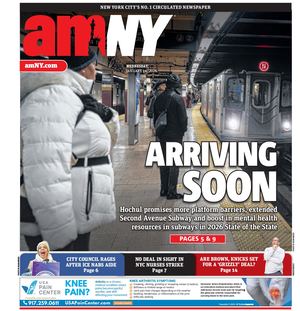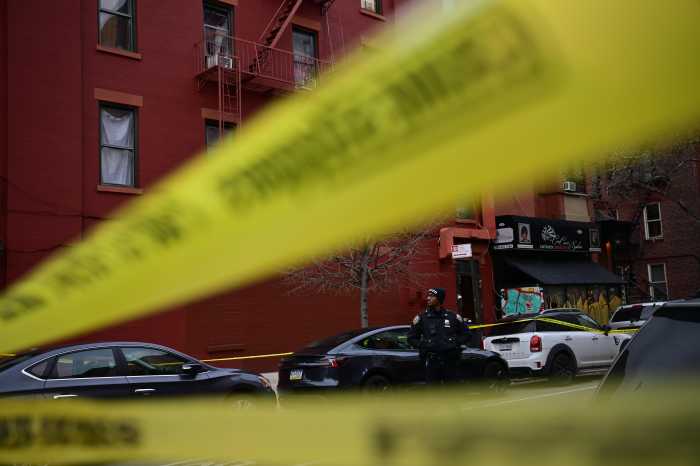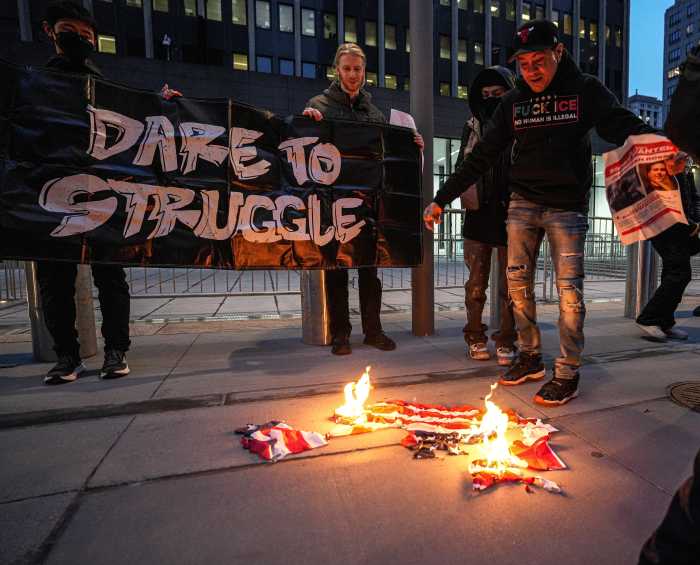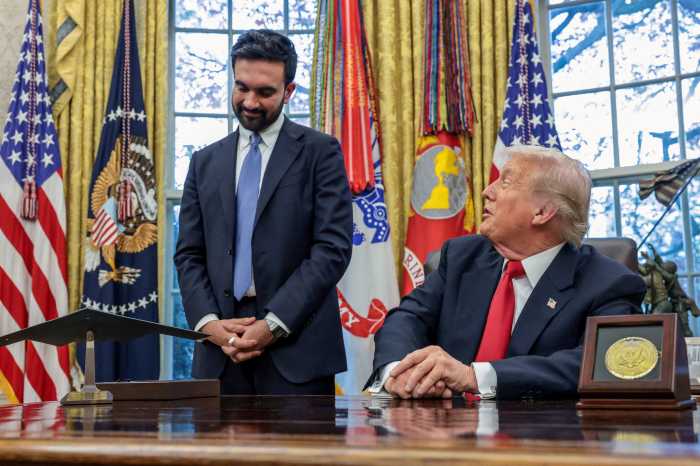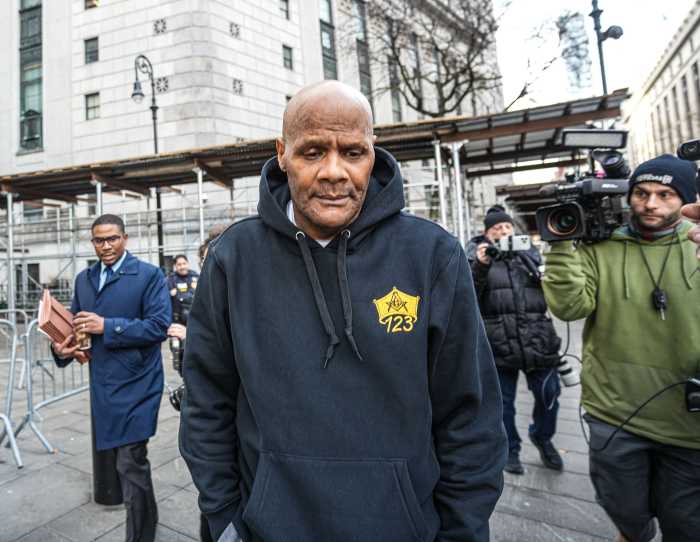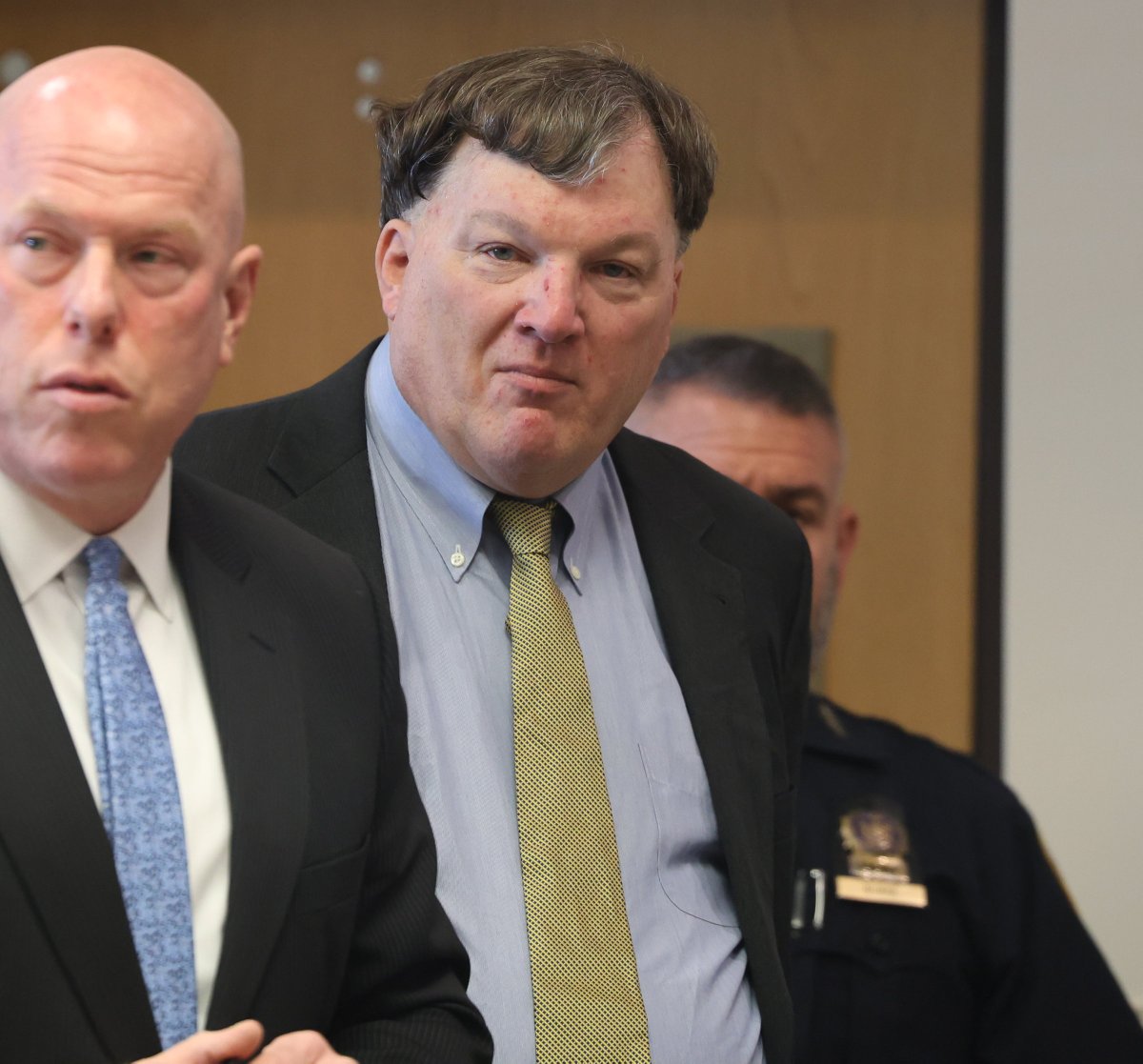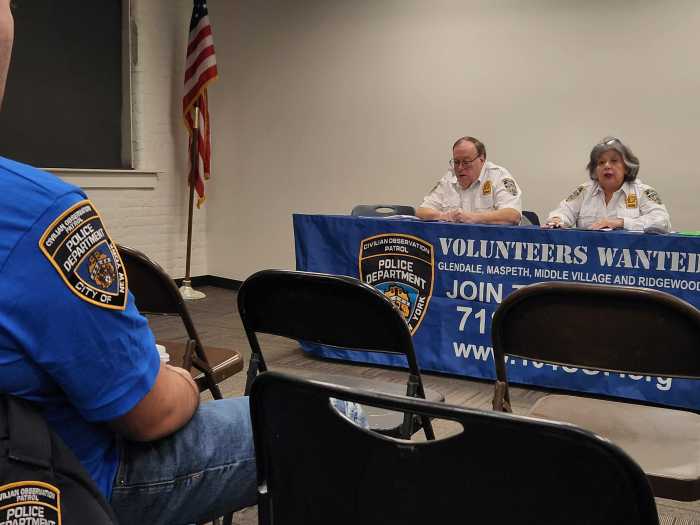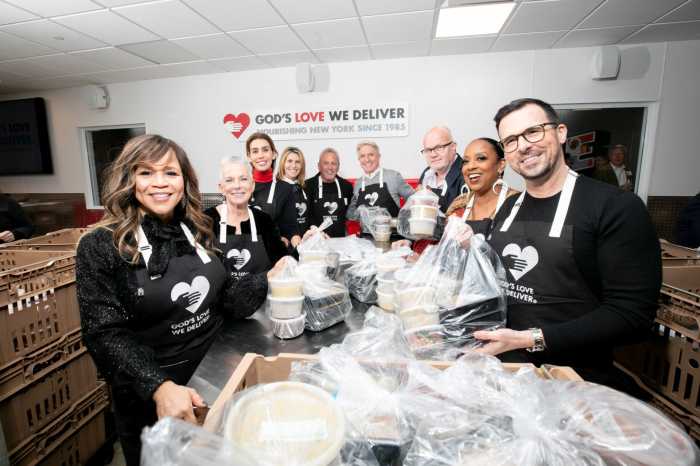Deaths from drug overdoses are at epidemic levels across the five boroughs, according to New York City Department of Health officials.
In the first half of 2017, 711 people died from overdoses. That follows a steady and alarming increase from 800 in 2014 to 1,374 in 2016.
Officials believe 82 percent of last year’s overdose deaths involved opioid use.
Dr. Hillary Kunins, the Health Department’s assistant commissioner, is helping lead the city’s push to reduce opioid deaths by 35 percent over five years as part of the HealingNYC initiative.
Kunins answered questions on how the city is addressing the opioid crisis:
Opioid addiction is a problem across the nation. What are some of the challenges the Health Department faces in trying to counter this in New York City?
Our biggest challenge in this epidemic is the growing presence of non-pharmaceutical fentanyl into the drug supply — fentanyl is a powerful synthetic opioid 50 to 100 times stronger than morphine. Fentanyl has been found in heroin, cocaine and illicitly manufactured benzodiazepines and opioid analgesics (painkillers). Before 2015, fentanyl was involved in fewer than 5 percent of all overdose deaths in New York City. By the second half of 2016, nearly half of all overdose deaths involved fentanyl.
Can you talk a little about the trend in NYC over the last year or two?
Last year was the sixth consecutive year that overdose deaths have increased in New York City. In 2016, there were 437 more drug overdose deaths than in 2015. This dramatic increase is driven by fentanyl. To address this epidemic, Mayor de Blasio launched HealingNYC back in March. It’s an investment of $38 million annually and uses a variety of interventions to expand access to effective treatment, provide overdose prevention to individuals at highest risk, educate clinicians to prevent problem use and use new methods to reduce the supply of drugs.
What is the Health Department focusing on in the future in terms of helping people who are addicted, training providers and providing treatment options?
Our number one goal is to save lives and reduce the toll that opioids has imposed on many communities across the city. … The Health Department has made a commitment to distribute 100,000 kits of naloxone, a medication that can help reverse an opioid overdose and save a life.
In addition, the city is making sure that all patrolling NYPD officers have a naloxone kit with them. We’re connecting an additional 20,000 New Yorkers to medications for addiction treatment, including methadone and buprenorphine, medications used to stop cravings and allow people to get their [lives] back, go back to work and rebuild personal relationships.
Methadone and buprenorphine are the most effective treatments for opioid addiction and are effective means of preventing overdose. The Health Department will train an additional 1,000 health professionals citywide to prescribe buprenorphine. The Department is also educating clinicians to promote more judicious prescribing of opioids, using them only when needed, for shorter duration and at lowest effective doses.
We’ve also established a new program in hospitals around the city, called Relay, where one of our wellness advocates goes to the hospital 24/7 and meets with someone who just survived a drug overdose to offer health and overdose prevention services. … Relay currently operates in four emergency departments across the Bronx, Staten Island, Brooklyn and Manhattan, and will expand to 10 hospitals citywide.
